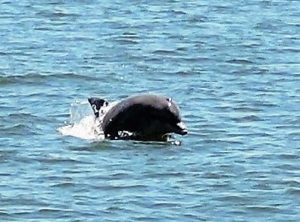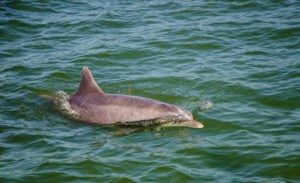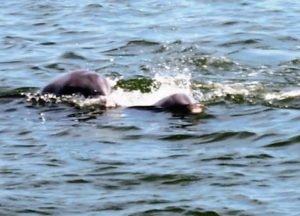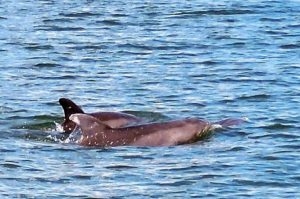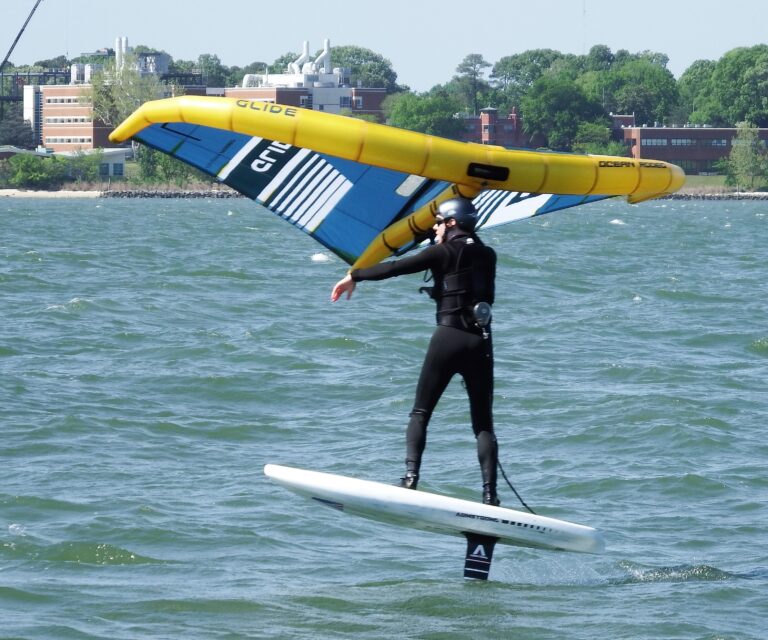
Stuck Again
It took more than an hour for the USS Jason Dunham to transit the Coleman Bridge because it was stuck closed. Afterward, it got stuck at the end while closing. Traffic was backed up for miles in both directions. According to ChatGPT: Yes, the Coleman Bridge is experiencing extended delays

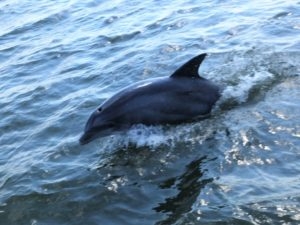
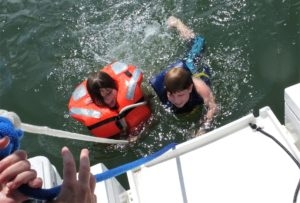 Rising water temperatures are the key factor to dolphin migration. As late as Sept. 4 the York River was 81 degrees. We still had kids swimming off the stern. (By the way, people don’t swim with the dolphins in the York. They don’t even try as it’s enough to watch them roam and play.) That’s a sufficient summer of dolphins.
Rising water temperatures are the key factor to dolphin migration. As late as Sept. 4 the York River was 81 degrees. We still had kids swimming off the stern. (By the way, people don’t swim with the dolphins in the York. They don’t even try as it’s enough to watch them roam and play.) That’s a sufficient summer of dolphins.